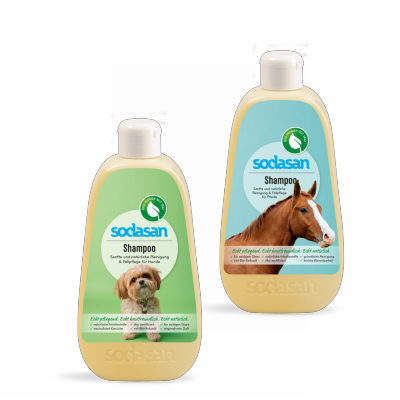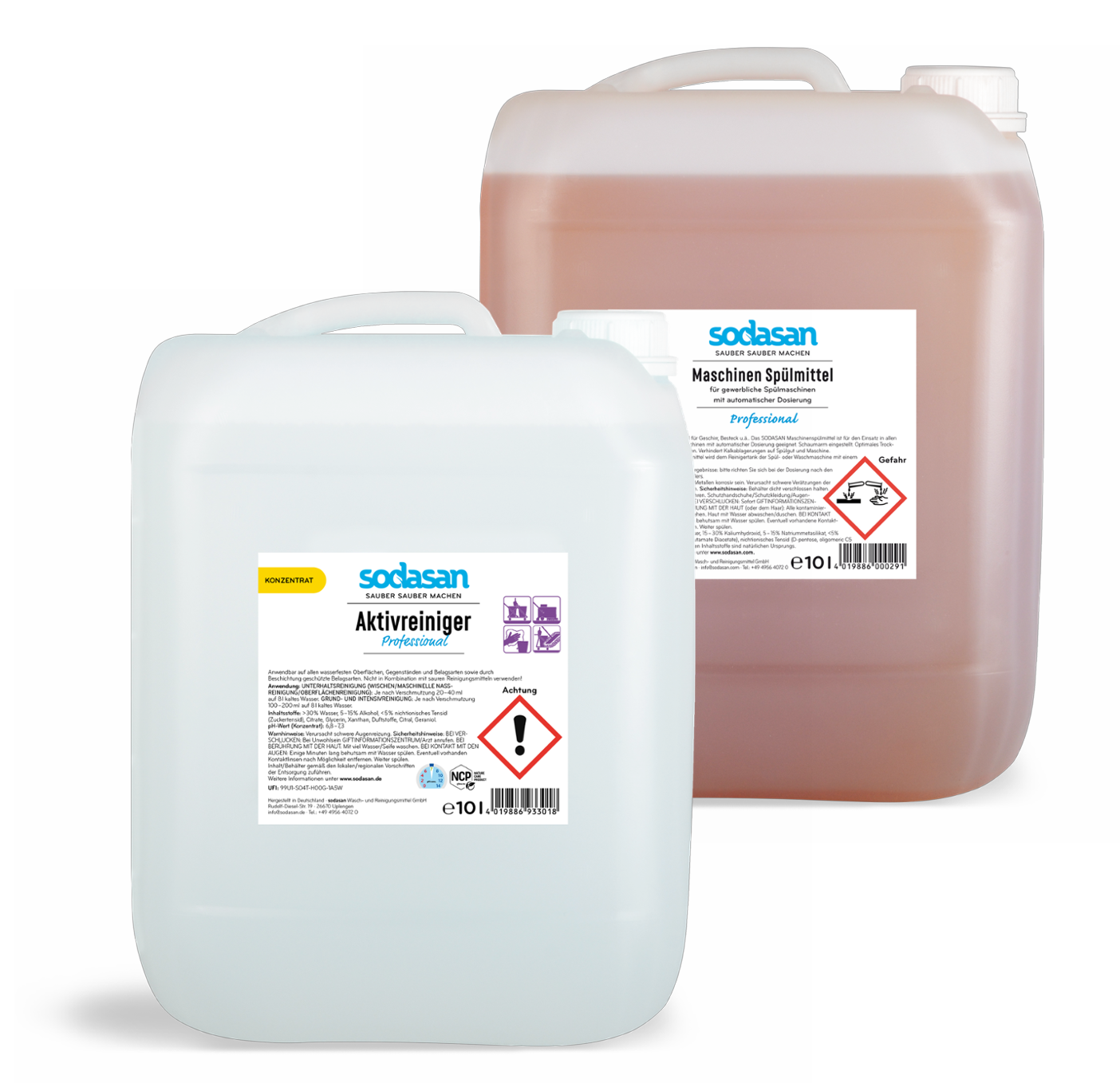
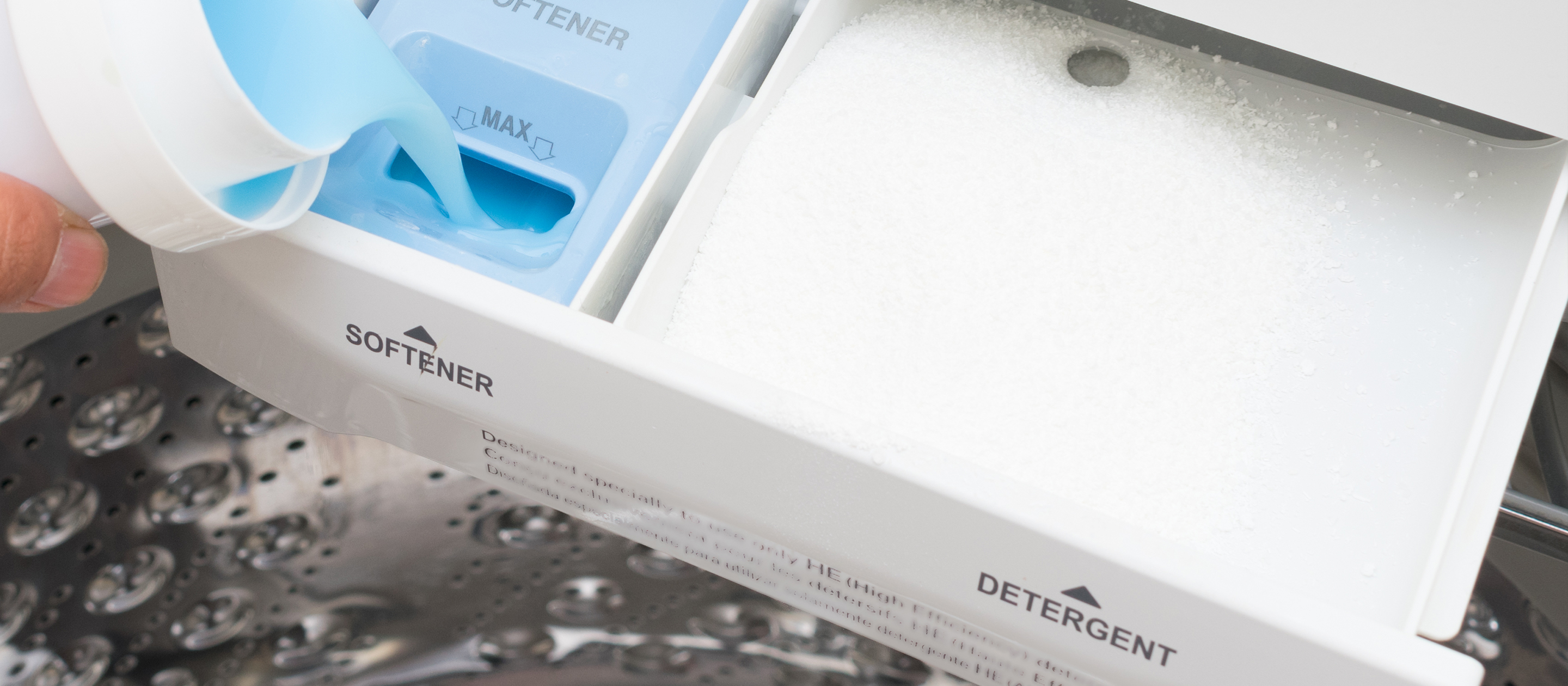
Clean Laundry
Dirty Secret
Conventional Detergents as Glyphosate Sources
Glyphosate is considered one of the most hotly debated herbicides worldwide. However, it is little known that it doesn’t just originate from agriculture but can also be formed during everyday laundry washing. New studies from the University of Tübingen reveal: In wastewater treatment plants, glyphosate can be produced from ingredients in conventional detergents and then released into our waterways.
How Is Glyphosate Formed in Wastewater Treatment Plants?
The culprit is the chemical diethylenetriamine pentamethylene phosphonic acid (DTPMP) – a phosphonate used in many detergents to prevent limescale buildup and improve cleaning performance. In the presence of oxygen and the common element manganese, DTPMP converts into glyphosate within just a few hours. Environmental analysts in Tübingen demonstrated this clearly in laboratory experiments.
Risks for Water Bodies and Ecosystems
The release of glyphosate into aquatic environments poses significant risks. Algae, small aquatic organisms, and fish are sensitive even to low concentrations. Moreover, DTPMP breaks down not only into glyphosate but also into numerous other byproducts whose effects remain largely unexplored.
Why Switching to Eco-Friendly Detergents Makes Sense
Even though the research findings are being questioned by fellow experts and industry representatives, the researchers in Tübingen are calling for a rethink: consumers should consciously choose detergents that do not contain phosphonates. Ecological brands like Sodasan rely instead on biodegradable, plant-based ingredients. This helps prevent unnecessary harm to the environment and aquatic life – without compromising cleaning performance.

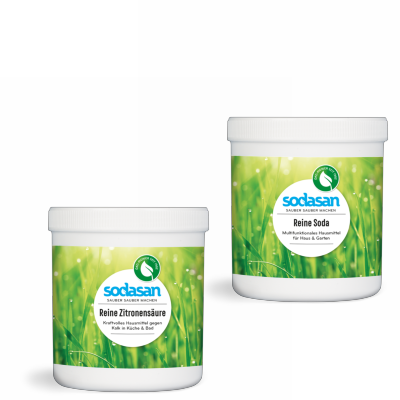
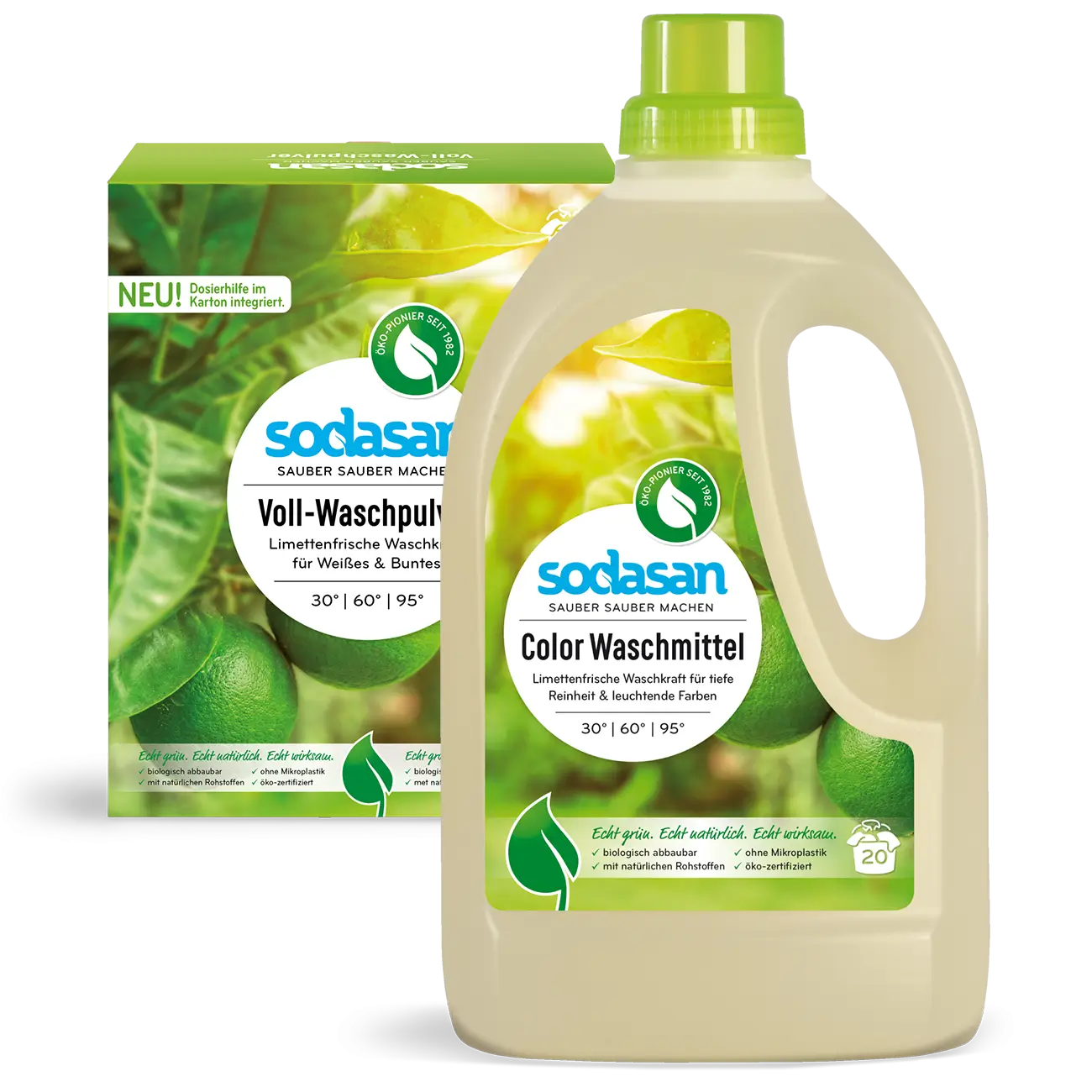
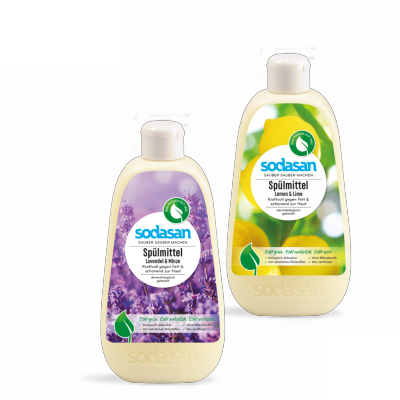
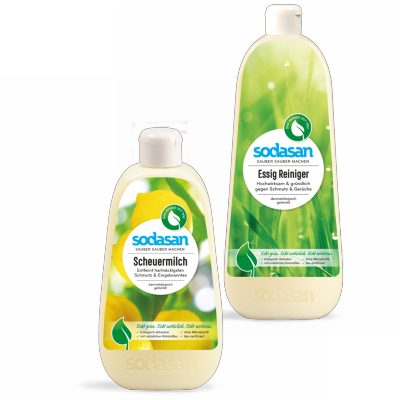
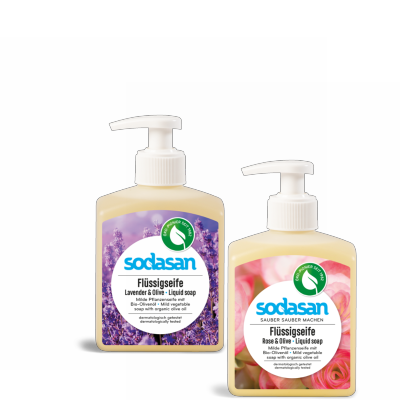
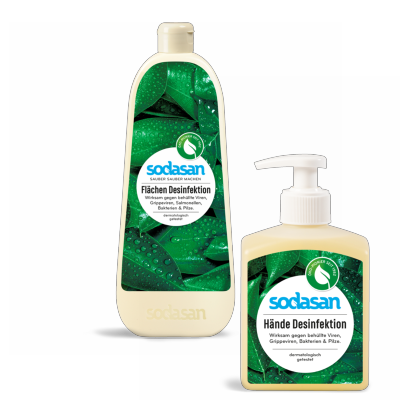
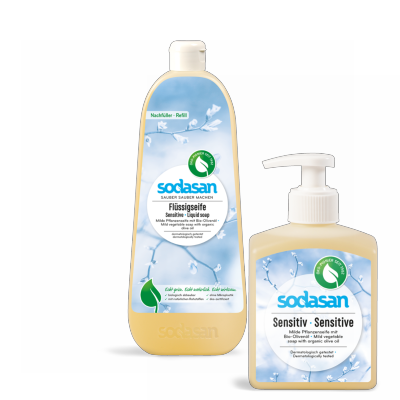
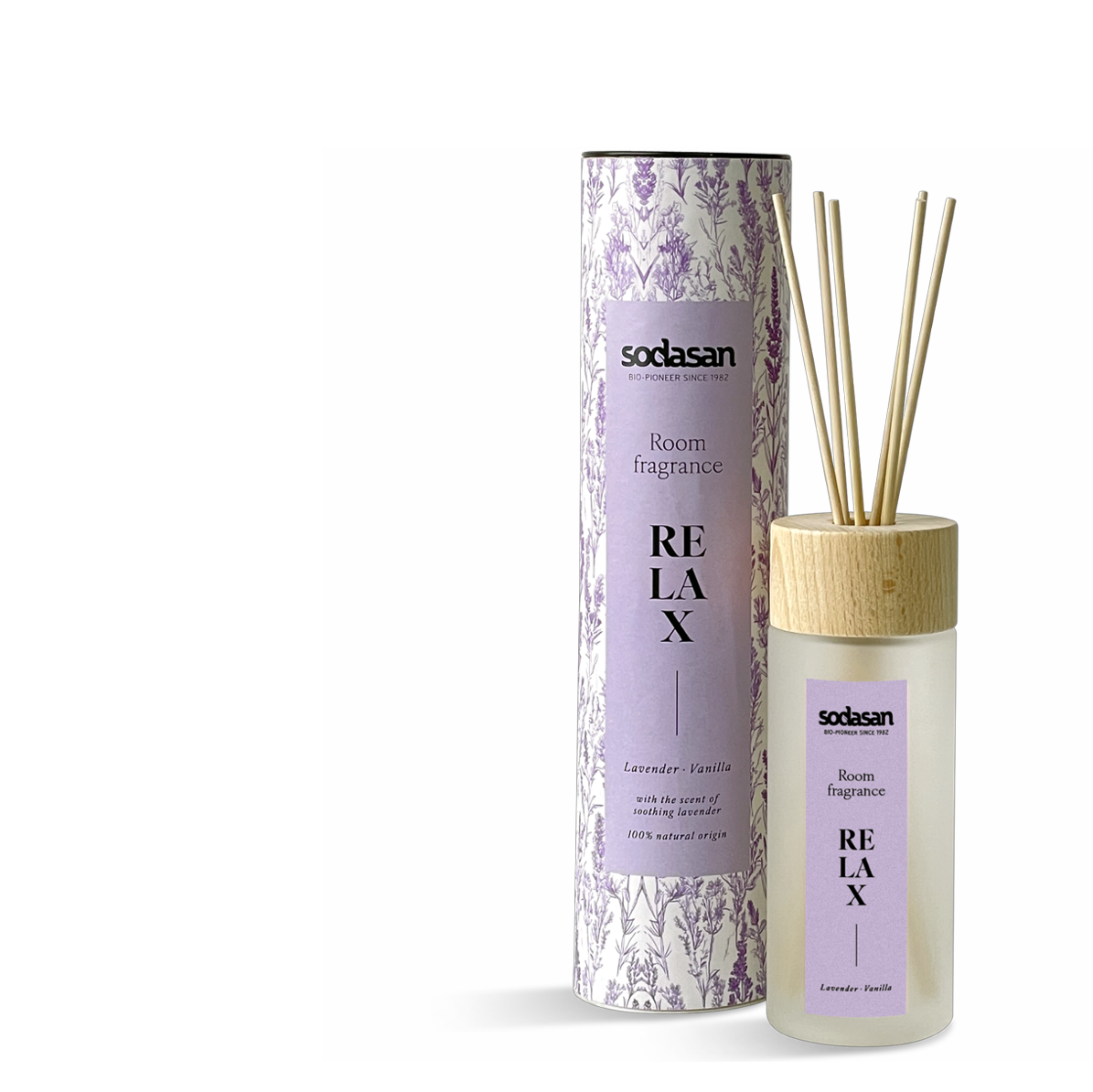
.webp?ts=1690357017)
